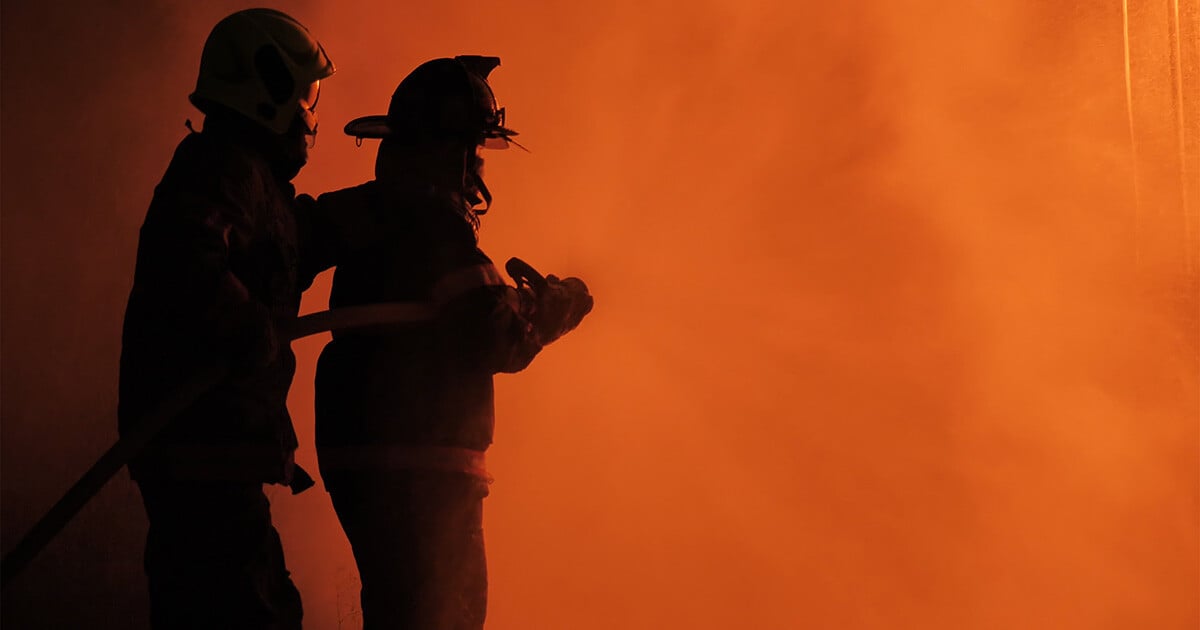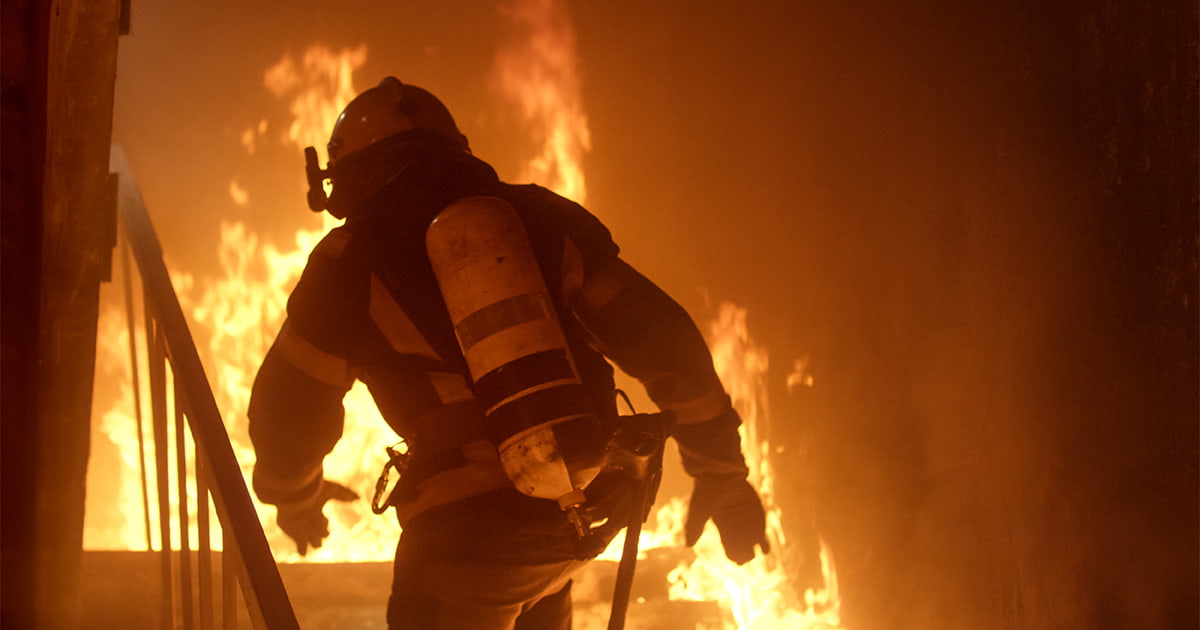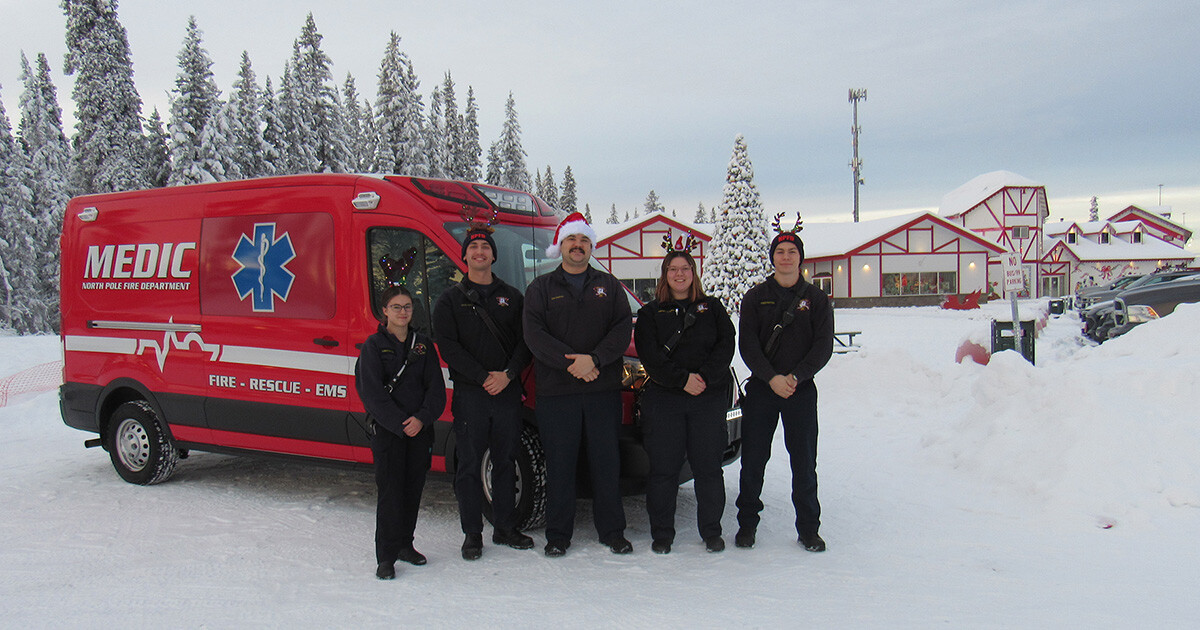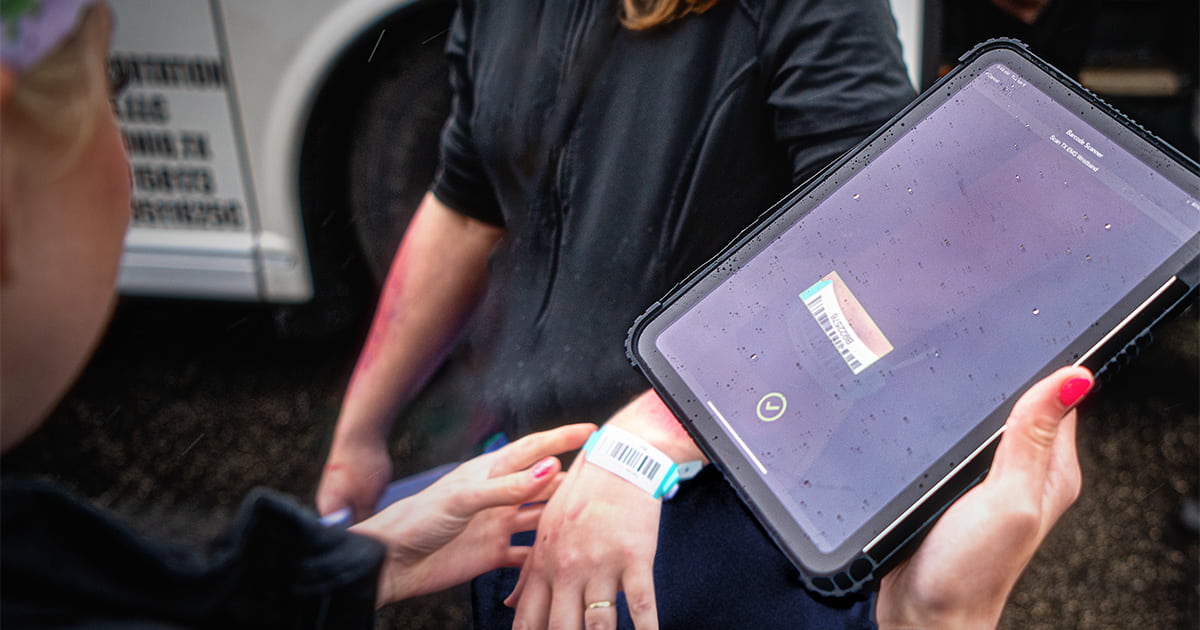
5 min read
When Things Go Sideways
Editor's Note: In October 2024, FireRescue1 released their annual digital edition, Fire Command Ready: Build Your Command Confidence, proudly...
Read PostThe latest articles, case studies, research, and more are on their way to your inbox. Happy reading!

5 min read
Editor's Note: In October 2024, FireRescue1 released their annual digital edition, Fire Command Ready: Build Your Command Confidence, proudly...
Read Post
6 min read
Editor's Note: In October 2024, FireRescue1 released their annual digital edition, Fire Command Ready: Build Your Command Confidence, proudly sponsored by Pulsara. Because the articles and advice...

6 min read
Editor's Note: In October 2024, FireRescue1 released their annual digital edition, Fire Command Ready: Build Your Command Confidence, proudly sponsored by Pulsara. Because the articles and advice...

1 min read
A new study published by the AHA shows the use of AI and communication tools decreases treatment times between 43% and 53% for door-to-CT, door-to-needle, and door-to-puncture times A group of...

2 min read
NORTH POLE, AK — It’s an open secret that there’s a lot of activity going on at the North Pole this time of year. Between checking the list twice, manufacturing toys, and prepping the sleigh and the...

6 min read
EDITOR'S NOTE: This article originally appeared on EMS1.com under the title "Everyday use of this care platform helps prepare personnel for the 'big one.'" Special thanks to our guest author, John...

5 min read
Editor's Note: In August 2024, EMS1 and Fitch & Associates released their annual EMS trend survey, What Paramedics Want, proudly sponsored by Pulsara. Because the articles and advice found within...